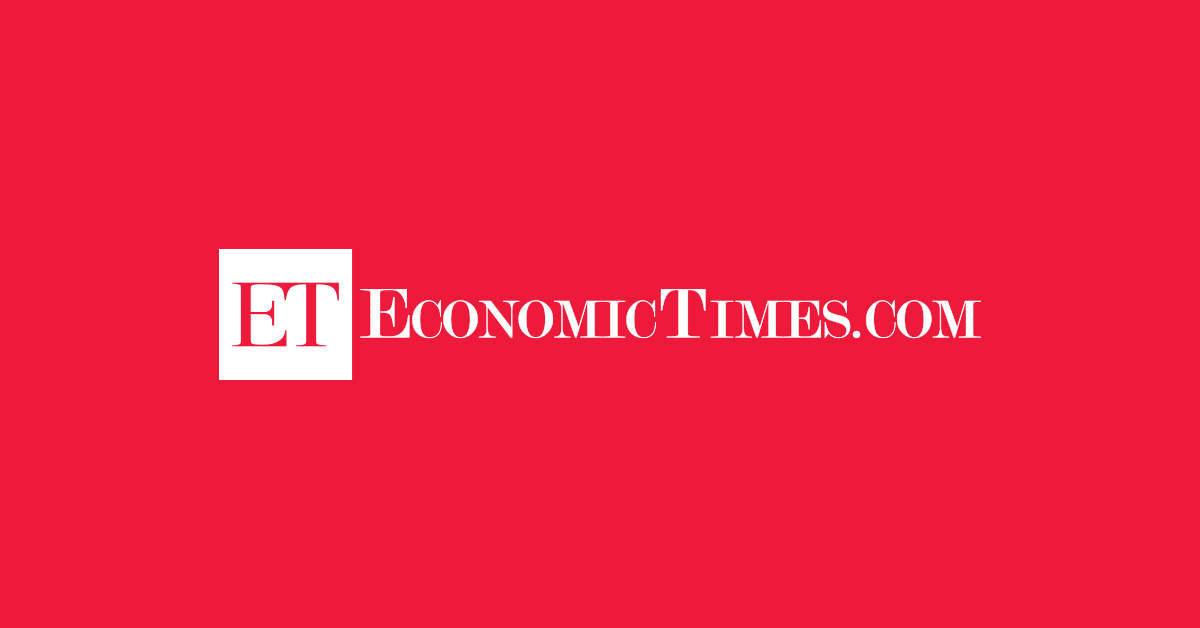Viewed from a broad perspective, inequality is in decline as developing economies led by China and India have considerably narrowed the gap in wealth and income with richer countries since the 1980s. Higher-income nations’ share of global wealth fell from 80% in 2000 to 71% in 2014; the wealth share of middle- income nations like Indonesia and Mexico rose from 14% to 22%….
Inequality within many advanced countries is moving in the opposite direction from the global trend of declining inequality between countries. In G7 economies and across many (but not all) advanced economies, wealth and income inequality in general has been rising since the 1980s.
The distribution of wealth among the population is substantially more unequal than the distribution of income, which is more unequal than the distribution of consumption, based on consumption expenditure. For example, in 2014, the wealthiest 1% of people in G7 countries owned about 27% of the total wealth. That was double the 13% share of total income that went to the top 1% of income earners in the same countries that year.
From ‘Inequality: A Persisting Challenge and Its Implications’, McKinsey & Co

